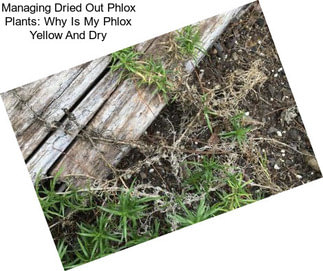If your fern has brown tips or an overall grayish color on its leaves, it likely means that it's dehydrated. For black leaves or spots on the fronds, cut away the dead growth, and if you can, add nutrient-rich compost to the soil in case nematodes are...




























